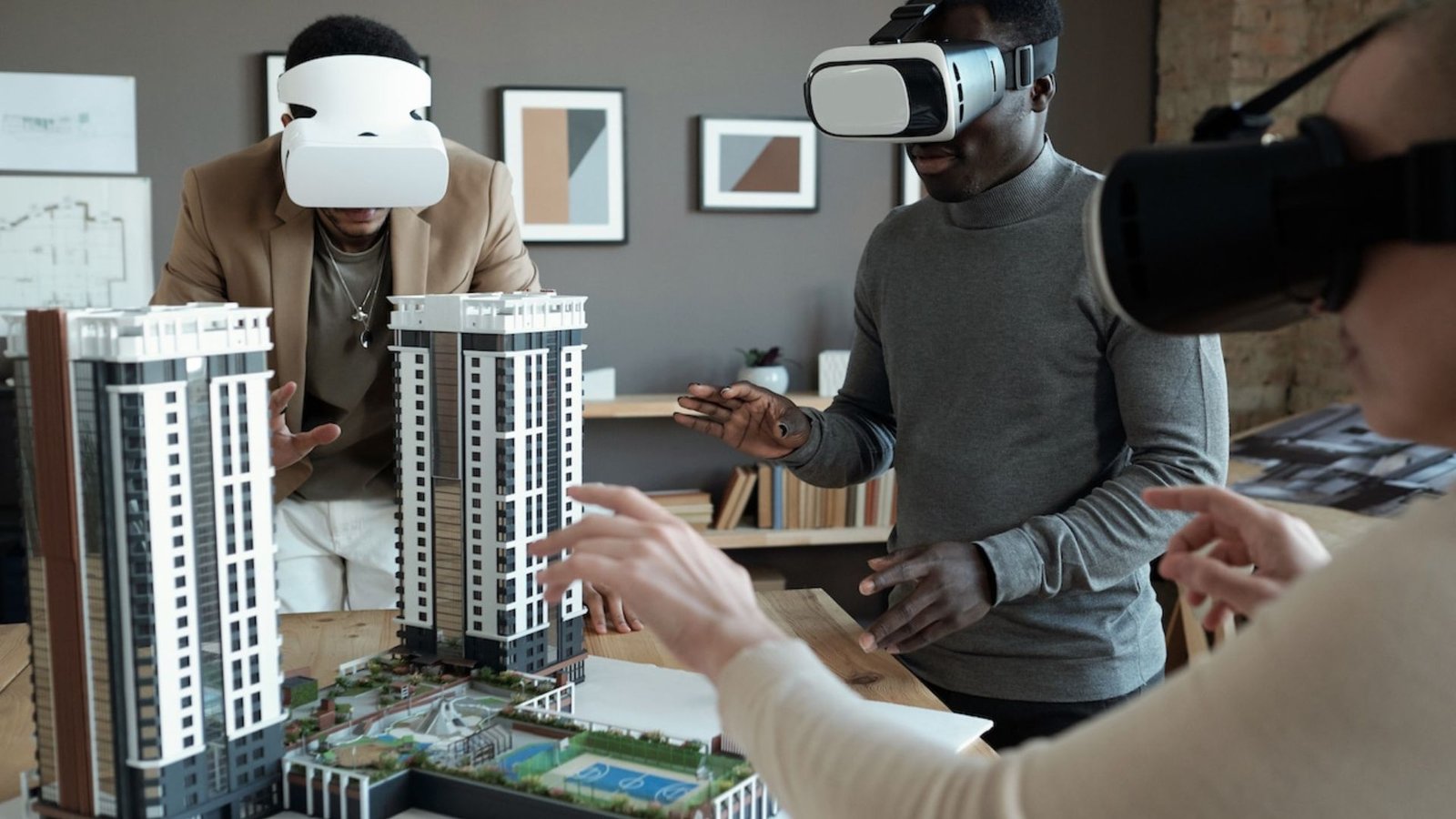How Technology is Shaping Architectural Design
Technology is shaping architectural design in remarkable ways. Over the past few years, advancements in technology have transformed how architects create and execute their designs. This blog post will explore how technology is shaping architecture design and why these changes are important for the future of building.

The Impact of Technology on Architectural Design
Firstly, technology has revolutionized architectural design by introducing new tools and methods. Traditionally, architects relied on hand-drawn blueprints and manual calculations. However, with the advent of digital tools, the process has become more efficient and precise. For instance, computer-aided design (CAD) software allows architects to create detailed 2D and 3D models of their projects. This transition from manual to digital tools significantly enhances accuracy and speed.
Moreover, technology enables architects to experiment with innovative designs. Advanced software programs can simulate how different materials and structures will perform under various conditions. Consequently, architects can test and refine their ideas before moving to the construction phase. This capability not only improves the quality of designs but also reduces the risk of errors and costly changes during construction.
Key Technologies Influencing Architectural Design
1. Building Information Modeling (BIM)
Building Information Modeling (BIM) is one of the most significant advancements in architecture design. BIM allows architects to create comprehensive digital models of buildings that include detailed information about every component. This technology facilitates better coordination between different teams involved in a project, such as architects, engineers, and contractors.
Additionally, BIM helps in visualizing and analyzing how a building will function throughout its lifecycle. For example, architects can use BIM to assess energy efficiency and make adjustments to improve performance. By integrating BIM into their workflow, architects can ensure that their designs are practical and sustainable.
2. Virtual Reality (VR) and Augmented Reality (AR)
Virtual Reality (VR) and Augmented Reality (AR) are transforming how architects present and experience their designs. VR allows clients and stakeholders to immerse themselves in a 3D simulation of a building. This immersive experience helps them understand the design better and provide feedback early in the process.
On the other hand, AR overlays digital information into the real world. Architects can use AR to visualize how a new building will look in its actual location. By combining VR and AR, technology helps architects communicate their vision more effectively and make informed design decisions.
3. Generative Design
Generative design is another exciting technology shaping architecture design. This approach uses algorithms to generate multiple design options based on specific goals and constraints. Architects can input parameters such as material types, space requirements, and environmental factors into the software. The AI then produces a variety of design solutions for review.
Generative design not only speeds up the design process but also opens up new creative possibilities. Architects can explore unconventional forms and layouts that they might not have considered otherwise. As a result, generative design contributes to more innovative and diverse architectural solutions.
Benefits of Technology in Architecture Design
1. Enhanced Efficiency
One of the main benefits of technology in architectural design is enhanced efficiency. Digital tools streamline the design process, reducing the time required to create and modify designs. As a result, architects can complete projects faster and more cost-effectively.
2. Improved Accuracy
Technology also improves accuracy in architecture design. Software tools help architects create precise models and calculations, minimizing the risk of errors. This increased accuracy leads to better construction outcomes and fewer changes during the building phase.
3. Increased Innovation
Furthermore, technology fosters increased innovation in architecture design. Advanced tools and techniques allow architects to experiment with new ideas and approaches. Consequently, this leads to more creative and forward-thinking designs that push the boundaries of traditional architecture.
Challenges and Considerations
Despite its many advantages, technology in architecture design also presents challenges. For example, adopting new tools and technologies requires training and adaptation. Additionally, there is a need to balance technological advancements with human creativity and intuition.
Moreover, relying heavily on technology can sometimes lead to overcomplication. It is important for architects to use technology as a tool rather than a crutch. By combining technological capabilities with their own expertise, architects can achieve the best results.
Conclusion
In conclusion, technology is shaping architectural design by enhancing efficiency, accuracy, and innovation. Tools like Building Information Modeling (BIM), Virtual Reality (VR), Augmented Reality (AR), and Generative Design are transforming how architects create and present their designs. While challenges exist, the benefits of integrating technology into architecture design are substantial. Embracing these technological advancements will enable architects to create more effective, innovative, and sustainable buildings in the future. Therefore, staying updated with the latest technologies is essential for anyone involved in architecture design.



